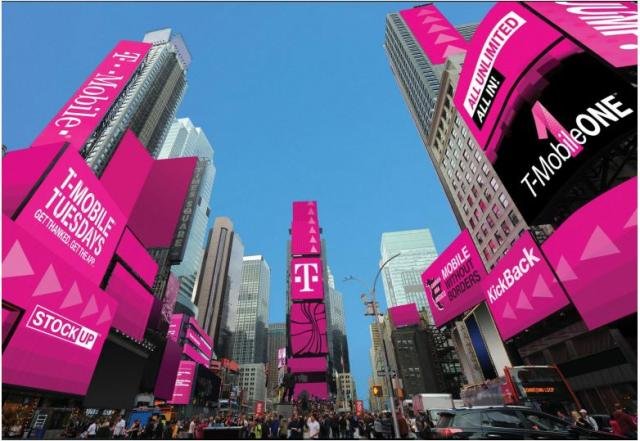 T-Mobile, which has 72.6 million customers, has achieved 741 Mbps download speeds using 80 MHz of aggregated, unlicensed spectrum.
T-Mobile, which has 72.6 million customers, has achieved 741 Mbps download speeds using 80 MHz of aggregated, unlicensed spectrum.
The field testing, which started in Los Angeles on Monday, has showed 741 Mbps download speeds during the mobile broadband data session live in the field using License Assisted Access (LAA) on its network.
Bellevue, Washington-based T-Mobile is the first wireless operator to offer LTE-U to customers. LTE-U uses 5 GHz airwaves to enhance existing LTE capacity and speed on 4G LTE network. T-Mobile LTE-U is live in select locations in Bellevue, WA; Brooklyn, NY; Dearborn, MI; Las Vegas, NV; Richardson, TX; and Simi Valley, CA.
Increase in LTE speed is one of the focus areas for US-based telecom operators such as Verizon, AT&T, Sprint and T-Mobile.
T-Mobile launched LTE-U with less licensed spectrum. Earlier this year, the FCC cleared the way for LTE in unlicensed spectrum, enabling wireless providers to use unlicensed airwaves in the 5 GHz band that are frequently underutilized.
Earlier, T-Mobile announced the increase in Internet speed by utilizing Carrier Aggregation, 256 QAM (Quadrature Amplitude Modulation) and 4×4 MIMO (Multiple Input Multiple Output) technology.
“LAA is the the latest example of how T-Mobile is innovating the way forward. While competitors scramble to deal with the way unlimited data plans are slowing down their networks, we’re already moving on to what’s next,” said Neville Ray, CTO at T-Mobile.
LTE-U and LAA devices and equipment intelligently tap into and share unlicensed spectrum without affecting other users on the same band, including those using Wi-Fi.
LAA enables carrier aggregation than LTE-U, enabling mobile operators to combine larger amounts of unlicensed and licensed spectrum. LAA will allow T-Mobile to deliver more bandwidth and faster speeds to customers.
